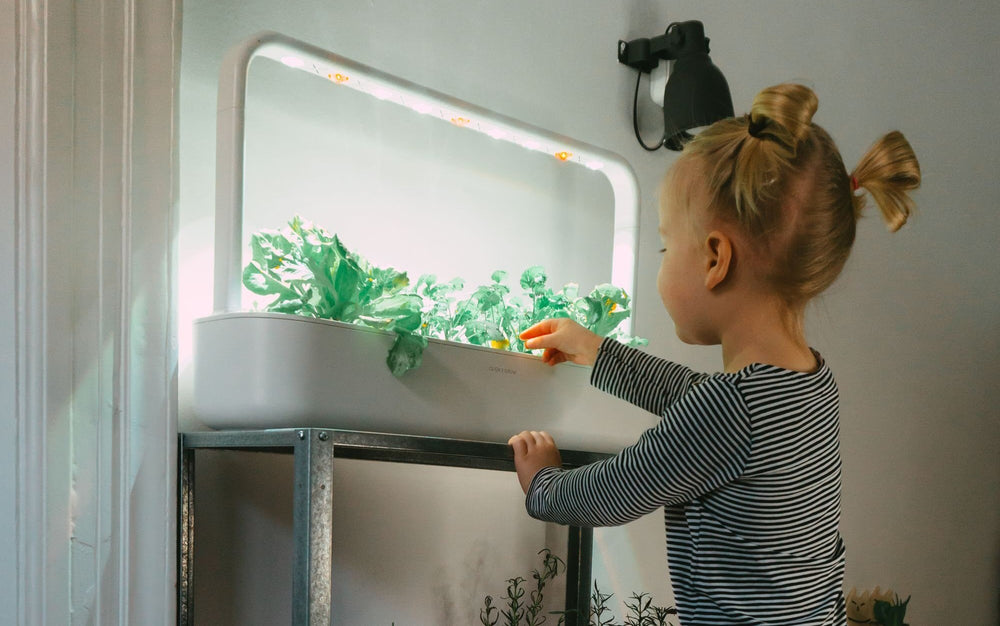News
A guide about light for your indoor plants during winter

In nature, winter is a time when plants enjoy their well deserved rest. The same applies to your green friends at home. The tenacious growing and blooming days of spring and summer provide lots of beauty and calm but also require some relaxation time during off-season. Of all the factors that affect plant growth indoors, light is the most important to keep in mind, especially during the time when most houseplants rest in sync with outdoor nature.
Plants need water and food like all living things. We should keep in mind that, in a way, the number one food for plants is not the nutrients that roots take up. Instead, it is the light that is required for photosynthesis. During this process, the energy of light is captured by chloroplasts that trigger metabolic reactions and create sugars for plants. Sugars nourish and enable plant growth. The more light available, the more food is produced for growth.
The key is knowing the differences
During winter’s diminishing light, growth naturally decreases. Some houseplants prefer hibernation in full shade, while others need some light to maintain their health. There are also those that need extra attention or even added grow lights. The most important thing is to look up and keep in mind the different light needs of your plants.

Photo: Tonkadale
Some general suggestions are to:
- keep in mind that light conditions might be very different compared to summer, even on the same windowsill. The sun has lower zenith and penetrates farther into the room. Without leaves, trees permit more light and the sun could bounce differently from neighbouring buildings.
- prefer west or south facing windows. It is often good to place plants on east or north facing rooms and window sills during the summer to soak up the easier morning sun, while maintaining steady temperatures, but winter changes things up.
- keep the plants away from touching cold widows. No houseplant likes to experience cold draughts.
- clean your windows and leaves of your plants. This aids photosynthesis.
- rotate the pots to ensure some light for all sides so the plant could grow evenly, rather than reaching to one direction
- consider investing in special grow lamps for your needier plants or move them close to lights that you already have and keep on longer every day
How much light is there?
A general rule of thumb maintains that the darkest shade outdoors is still brighter than the sunniest window indoors. Each layer of windows reduces sunlight by 4%. Moreover, the ambient light bouncing from the interior is weaker than rays reflecting from everything else in nature, even when the interior is light-colored or white.
On a clear sunny summer day, the sun provides up to 130 000 lux of light (light power in lumens per square-metre). A sunny day in the shade is around 35 000 lux. A cloudy summer day outdoors is around 1 000 lux, but a clear winter day indoors is only twice as much. For comparison, a dark place indoors, away from windows receives 50 lux. Common artificial lighting, for example in offices, produces 320-500 lx.
500 lux is enough for plants to germinate, 1 000 lux is enough to sustain good health, but proper growth requires 5 000 - 8 000 lux for several hours a day. Edible plants, especially fruiting plants, are even needier, requiring higher quantities and a more diverse light spectrum, including infrared. It’s easy to grow sprouts and microgreens with winter conditions but leafy greens, herbs, and fruiting plants need additional help from artificial lights.
To learn how much light your plants receive and where it might be better to place them, you can easily search for a lux meter app for your smartphone.

Photo: Mari Jaanus
With Click & Grow, it’s happy summer 365 days a year
Continuing the growth of ornamental or edible plants during the winter months is quite tricky. While there are countless grow lights available, testing them out and accounting for all the other varying conditions in your home during the wintertime is time consuming and prone to errors. With Click & Grow, everything’s taken care of and you only need to enjoy the results.
Click & Grow Smart Gardens take complete care of your plant needs by providing the right amount of nutrients, oxygen, ph, water, and light 365 days a year. While most of the good things that care for the plants are hidden in the Smart Soil plant pods, an equally important part is played by the LED lights.
The LED lights on Click & Grow indoor gardens provide more than enough for each plant to thrive in the garden, not just survive. During winter, they can also be used as a cheap and effective supplemental light source for other plants in your home.
The Smart Garden 3’s LED lamp consumes 8w of power and only uses 3.8 kWh per month. The Smart Garden 9’s LED lamp consumes 13w of power and uses just 6.2 kWh per month. To put this into perspective, the average US resident consumes 897 kWh per month. The lamps of a Smart Garden 3 and Smart Garden 9 (combined) would contribute to just a little over 1% of that amount.
Don't miss our "12 Days of Holidays" content, giveaways, and surprises! Subscribe to the campaign newsletter HERE.